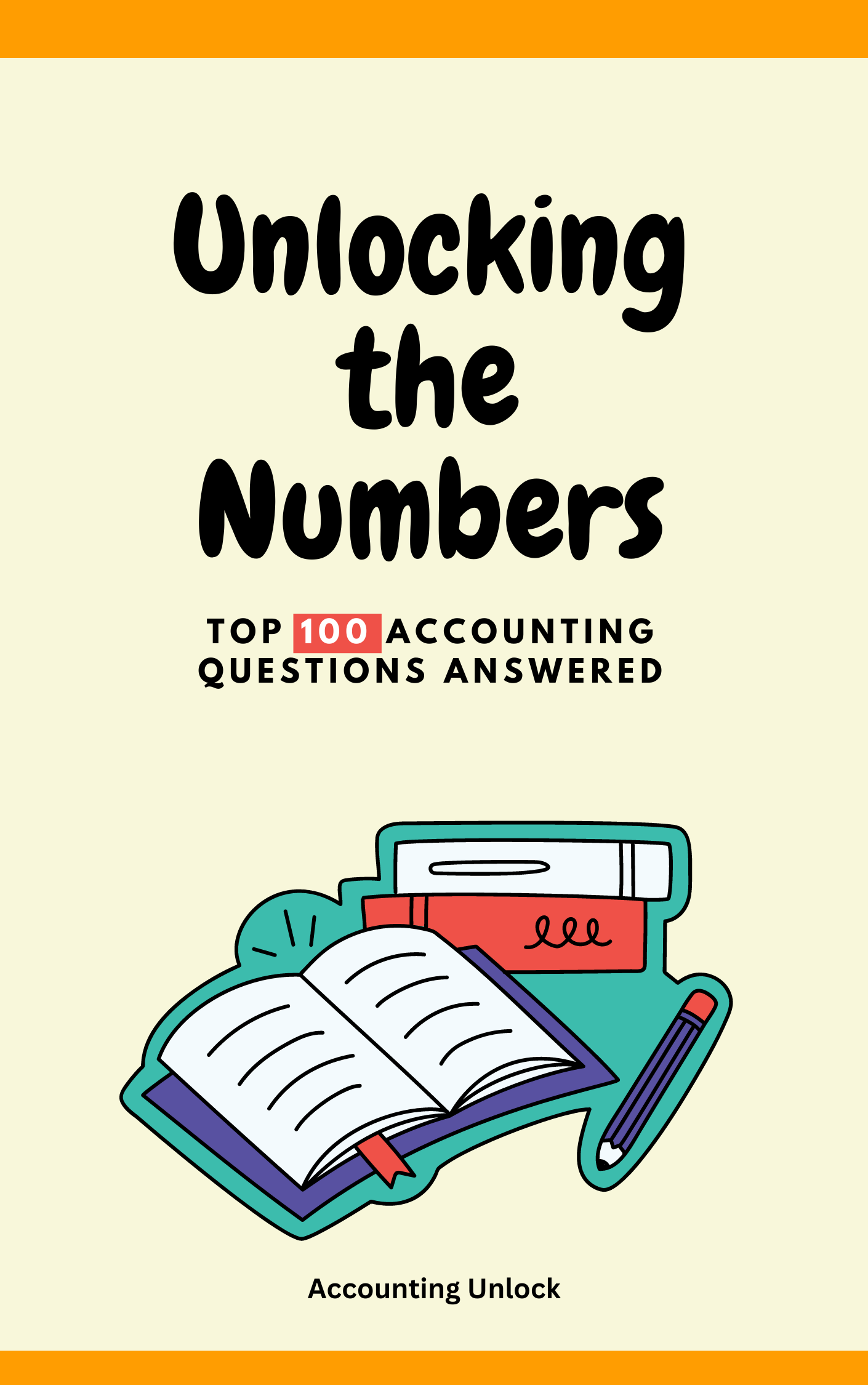Ah, young financial detectives! Ever dreamt of building a sandcastle empire so grand, your moats run deep and your towers touch the clouds? “Idle capital” is like that pile of unused buckets and shovels sitting on the beach, yearning to be part of your masterpiece! It’s all about money just hanging out, not making your dreams any taller.
Imagine you’re a master sandcastle architect, wielding pails and trowels like sculpting magic. You’ve saved up plenty of allowance to buy all the beachy tools, but instead of diving in, you spend hours admiring your collection, never touching the sand. That’s idle capital, like those buckets gathering dust while your sandcastle dreams remain just… dreams.
Think of it like a superhero power with a bad case of the snooze:
- Super strength: You could build walls with the force of a wave, but without taking action, your muscles are just flexing in the sun.
- Infinite creativity: You could envision the most epic sandcastle the world has ever seen, but without putting shovel to sand, your blueprints stay trapped in your imagination.
- Super resourcefulness: You could find shells, seaweed, and driftwood for incredible details, but if your tools stay dry, your sandcastle remains a blank canvas.
Why is idle capital important in accounting?
- Lost potential: It highlights money not earning its keep, like those buckets rusting on the shore, showing you opportunities for growth you might be missing.
- Missed profits: Every unused penny could be working for you, like earning interest or being invested in something bigger, instead of just sitting there on the beach.
- Making smart decisions: Understanding idle capital helps you decide where to put your money to work, whether it’s buying more tools (investments), building bigger castles (businesses), or just enjoying a popsicle on the beach (spending wisely)!
How is idle capital handled in accounting?
- Financial detectives on the case: Accountants use fancy formulas and data analysis to figure out how much of your allowance is just chilling, considering things like your usual spending habits, savings goals, and maybe even the tide schedule, because building sandcastles at low tide is much easier!
- Monitoring and adjustments: They track your actual spending and compare it to your expected spending, like counting how many buckets you haven’t used at the end of the day. If there’s a lot of idle capital, they might suggest saving for a bigger shovel, investing in some fancy flags for your sandcastle, or even just digging a moat and relaxing!
- Planning and budgeting: Accountants help you plan how to use your money wisely, making sure you have enough buckets for your sandcastle dreams and enough ice cream money for sunny days, so you can always build and enjoy!
Key points about idle capital:
- Represents money not generating income or being used productively.
- Highlights lost potential and missed profits.
- Used for monitoring spending and making investment decisions.
Remember, young sleuths, mastering idle capital is like having a magic sieve for your sandcastle empire! It equips you to understand financial potential, identify opportunities for growth, and build dreams that reach for the sky, one grain of sand (and one wise financial decision) at a time.





